|
|
|
|
|
|
|
|
|
|
| Organizer: Prof. Shujun Zhang (Univ. Wollongong, Australia) |
|
| Tutorial Lecturers |
|
| Prof. Nava Setter |
|
| What is a ferroelectric: a materials designer perspective |
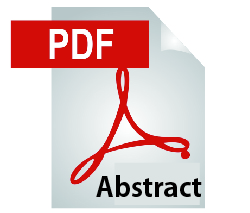 |
|
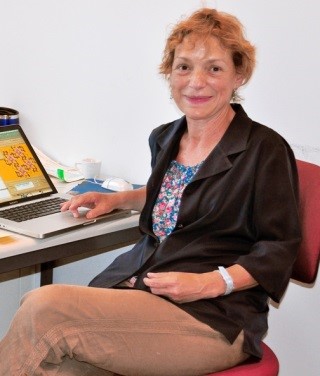 |
Nava Setter completed MSc in Civil Engineering at the Technion-Israel and PhD in Solid State Science at the Pennsylvania State University. After post-doctoral work at the universities of Oxford and Geneva and leading the Electronic Ceramics lab at R&D institution in Haifa, she joined EPFL - Swiss Federal Institute of Technology in Lausanne as the director of the Ceramics Laboratory and professor of Materials Science and Engineering. Since Autumn 2016 she is emeritus professor at the EPFL, active professor at the Tel-Aviv University, and continues developing her Israeli company (S2M Electronics Ltd) and Swiss foundation (Talent Foundation). |
|
| Prof. Fatih Dogan |
|
| Processing of Dielectric/Ferroelectric Materials for Capacitor Applications |
 |
|
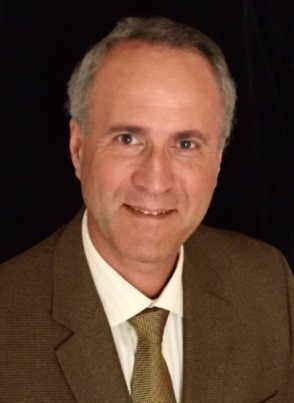 |
Fatih Dogan is Professor of Materials Science and Engineering at Missouri University of Science and Technology, Rolla, USA. Professor Dogan holds MS and PhD degrees from Technical University of Berlin, Germany. His research interest encompasses “Energy Materials” including high temperature superconductors, dielectrics for high energy density capacitors and solid oxide fuel cells. His research experience covers processing, microstructure and property relationships of ceramic materials, most recently nanostructured dielectrics for development of multilayer ceramic capacitors and nanostructured anodes for redox stable SOFCs. He has published over 150 peer reviewed publications and holds nine US patents. Prof. Dogan is a Fellow of the American Ceramic Society.
|
|
| Prof. Andrew Bell |
|
| Fundamentals of ferroelectrics |
 |
|
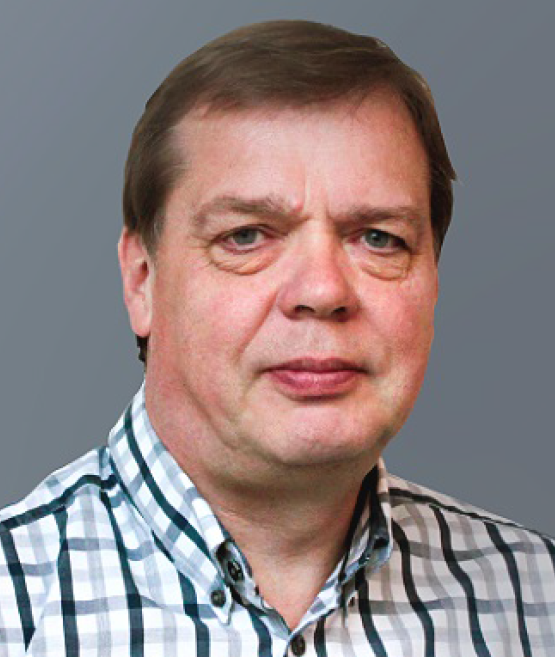 |
Andrew Bell is Professor of Electronic Materials at the University of Leeds in the School of Chemical and Process Engineering (since March 2000). Previously he spent 15 years in industrial research positions, with the Plessey Company, Cookson Group and Oxley Developments. He was also a Senior Scientist in the Ceramics Laboratory of EPFL, Switzerland (1991 to 95). He has worked and published on a wide range of topics in ferroelectric and dielectric materials. His approach has encompassed basic science, materials processing, structural and electrical characterization and device physics, spanning the fields of pyroelectric materials and devices, microwave dielectrics and piezoelectrics. Whilst primarily an experimentalist, he has applied thermodynamic models to aid understanding of key systems, including BaTiO3, PZT and relaxors.
In 2011 he founded Ionix Advanced Technologies Ltd to exploit new high temperature piezoelectric compounds emerging from his research group. The company now employees a staff of 16 in the development and manufacture of high temperature ultrasound transducers based on these materials.
Andrew is Fellow of the Royal Academy of Engineering and a Senior Member of IEEE. He received the IEEE’s Ferroelectrics Recognition Award in 2012 and in 2014 was awarded the Verulam Medal of the Institute of Materials, of which he is also a Fellow. He currently holds a 5 year Established Career Fellowship from the UK Engineering and Physical Sciences Research Council, which allows him to focus on research topics related to ferroelectric materials. His current research focusses on new piezoelectric materials, including lead-free ceramics, single crystals and composites with an underpinning interest in how cation disorder influences functional properties.
|
|
| Prof. Susan Trolier-McKinstry |
| Applications of Ferroelectric Materials: Dielectrics, Piezoelectrics, and Energy Harvesting |
 |
|
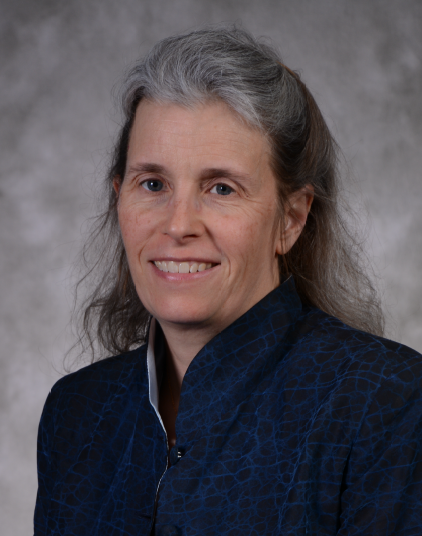 |
Susan Trolier-McKinstry is the Steward S. Flaschen Professor of Ceramic Science and Engineering, Professor of Electrical Engineering, and Director of the Nanofabrication facility at the Pennsylvania State University. Her main research interests include thin films for dielectric and piezoelectric applications. She is a fellow of the American Ceramic Society, IEEE, and the Materials Research Society, and an academician of the World Academy of Ceramics. She currently serves as an associate editor for Applied Physics Letters. She is 2017 President of the Materials Research Society; previously she served as president of the IEEE Ultrasonics, Ferroelectrics and Frequency Control Society, as well as Keramos. Twenty people that she has advised/co-advised have gone on to take faculty positions around the world.
|
|
| Prof. Yang Shen |
| Composite Dielectric Materials for Energy Storage: Fundamentals & Perspectives |
 |
|
 |
Dr. Yang Shen is a Professor at Tsinghua University, he is also the Vice Dean of School of Materials Science and Engineering. Prof. Shen received his Bs. E degree in materials science and engineering from Tsinghua University in 2002. In 2007, after obtaining a Ph.D degree in materials science and engineering from Tsinghua University, he went to the United States and joined University of California, Santa Barbara as a postdoctoral scholar. In 2009, he moved to Harvard University as a research associate. After 4 years in the United States, he joined the faculty of Tsinghua University in 2011 as an assistant professor and was promoted to full professor in 2017. The primary subjects of his research have been polymer dielectrics and solid electrolyte for all-solid-state lithium ion batteries. Professor Shen has published ~ 100 papers, which have been cited over 3900 times, and is holder of 20 patents. His h-index is 30. |
|
| Prof. Doru Lupascu |
| Mechanics of ferroelectrics: basic experiments and their pitfalls |
 |
|
 |
Doru Lupascu is materials scientist at the University of Duisburg-Essen in Germany. He obtained his PhD from Gottingen University in nuclear solid state physics. During the following decade he expanded his expertise to functional ceramics intensively. He became known for his studies on fatigue and the mechanics of ferroelectrics. After habilitation, he spent three years at Dresden University of Technology as associate professor. In 2008 he took the chair position of material science in Essen and has remained there since. Presently, his research interests span from brittle mechanics of materials, over relaxor ferroelectrics, electrocalorics, magnetoelectric composites, to perovskite solar cell materials. Besides intensive electrical, structural, and caloric characterization the group has developed broad knowledge in the chemical synthesis of nanoparticles, composite materials, and halide perovskite crystals. A highlight in recent research is the discovery of the micellion as a charge carrier type in perovskite solar cells.
|
|
| Prof. Yuji Noguchi |
| Fabrication and characterization of ferroelectric oxides, including bulk and film forms |
 |
|
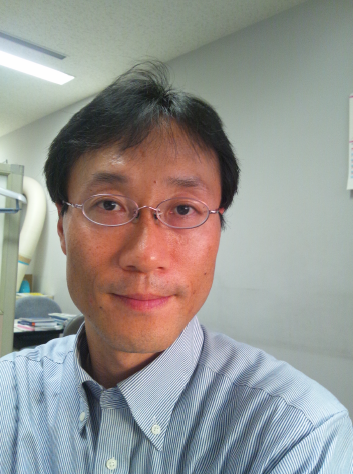 |
Yuji Noguchi is an Associate Professor of Department of Applied Chemisty at The University of Tokyo, Japan. His research interests are electronic materials, especially dielectric and ferroelectric films, crystals and ceramics. He received, the Young Investigator Award of the Ceramic Society of Japan, the Ferroelectrics Young Investigator Award of the IEEE-UFFC(Ultrasonics, Ferroelectrics, and Frequency Control Society), and the Richard M. Fulrath Award from the American Ceramic Society.
|
|
| Prof. Chikako Moriyoshi |
| Crystal structure of functional materials by synchrotron radiation X-ray diffraction |
 |
|
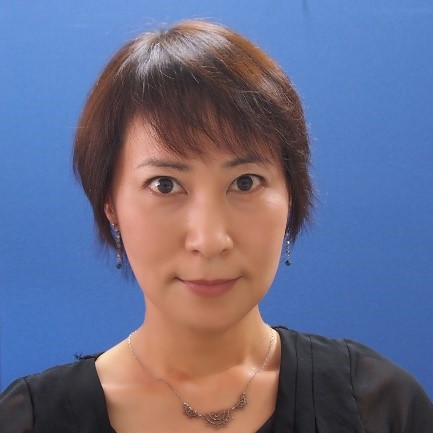 |
Dr. Chikako Moriyoshi is an Associate Professor at Hiroshima University, Japan. She graduated from Hiroshima University (Dr. Sci.) in 1997. She was Research Fellow of the Japan Society for the Promotion of Science (JSPS) in 1997-1999 and Research Associate at Hiroshima University in 1999-2007 and promoted to Associate Professor in 2008. Prof. Moriyoshi was the member of SPring-8 Power User for the Priority Research Program, 2009-2013 and Leader of SPring-8 Partner User for the Priority Research Program, 2015. She is the committee member of the Meeting on Ferroelectrics Materials and Their Applications (FMA) and Science Council of Japan. She received The Japan Society of Applied Physics (JSAP) Outstanding Paper Award (Time-resolved structure measurements by single crystal X-ray diffraction) in 2012. Prof. Moriyoshi’s research interests include crystal structure and physical properties of dielectric, ferroelectric, and piezoelectric materials and other functional materials, also in-situ observation of crystal structure using synchrotron radiation X-ray diffraction.
|
|
| Prof. Bryan Huey |
| PFM for mapping piezoelectric properties and ferroelectric domain dynamics |
 |
|
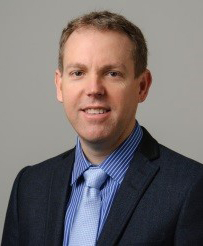 |
Bryan Huey is a UTC Professor of Engineering Innovation at the University of Connecticut, where he also serves as the Director of Graduate Studies in the Department of Materials Science and Engineering. Bryan is the past chair of the 1200 person Basic Science Division of the American Ceramic Society, one of 3 organizers for the US-Japan Joint Seminar on Dielectric and Piezoelectric Ceramics, and one of 5 organizers for the 2019 MRS Fall Meeting. He is an expert in the development and application of advanced variations of Atomic Force Microscopy for studying piezoelectrics, multiferroics, photovoltaics, MEMS, and biological cells and tissue. This includes simultaneous AFM and 3d fluorescence, high speed AFM, PFM, and recently tomographic AFM.
|




